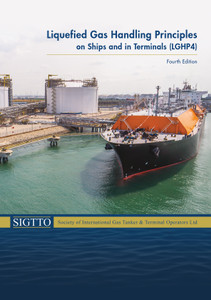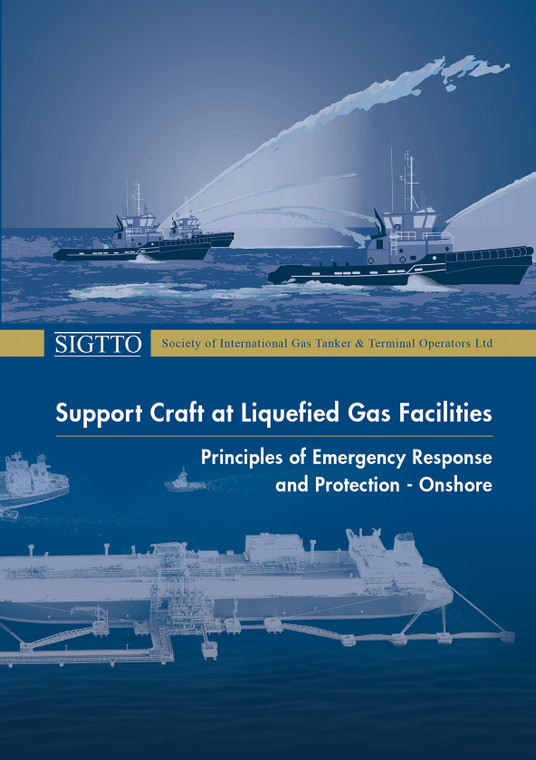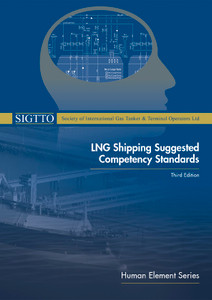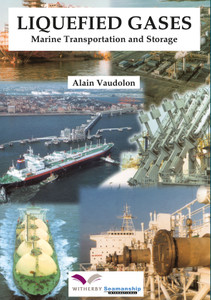
Support craft perform a vital role in assisting with safe operations and emergency response for liquefied gas carriers and facilities. This service could be improved by a more up to date approach and a deeper understanding of credible scenarios and response strategies. The information in this book is provided primarily for organisations involved in the transportation of liquefied gas cargoes, although, it may also be of assistance to regulators and government agencies.
This publication uses a risk assessment method to offer context and define some example emergency scenarios and response strategies.
All
of
the
responses
are
based
on
the
following
order
of
priority:
protection
of
life,
the
environment
and
property.
Protection
of
life
has
been
considered
not
only
in
the
context
of
the
ship
and
terminal
staff
involved
in
a
cargo
operation,
but
also
of
the
emergency
responders
and
the
general
public
in
the
vicinity.
SIGTTO
has
ensured
this
publication
explains
the
basis
of
design
of
facilities
and
gas
carriers,
including
the
purpose
and
limitation
of
equipment
used.
This
should
assist
in
the
improvement
of
existing
practice.
PART 1 Scope and Methodology
1. Introduction
1.1 Introduction
1.2 Scope
1.3 Risk Based Method and Terminology
1.4 Document Structure
PART 2 Assessing the Risk and the Management of Specific Events
2. The Operating Environment
3. Top Events
3.1 Loss of Containment
3.2 Collision/Grounding
3.3 Loss of Position
3.4 Intrusion
Annexes
Annex A – Response Considerations and Planning
Annex B – Equipment and Capabilities of Support Craft
Annex C – Water-spray Systems
Annex D – Support Craft Emergency Response Competencies
Annex E – Fire and Gas Dispersion Modelling
Annex F – Properties of Liquefied Gases
Annex G – Glossary of Terms and Abbreviations
Annex H – References
The Society of International Gas Tanker and Terminal Operators (SIGTTO) is an international body established for the exchange of technical information and experience, between members of the industry, to enhance the safety and operational reliability of gas tankers and terminals.
- Number of Pages:
- 87
- ISBN:
- 9781856096911
- Published Date:
- September 2015
- Binding Format:
- Hardback
- Book Height:
- 300 mm
- Book Width:
- 215 mm
- Weight:
- 0.8 kg
- Author:
SIGTTO
- Preview:
- Yes
 Witherbys.com
Witherbys.com





